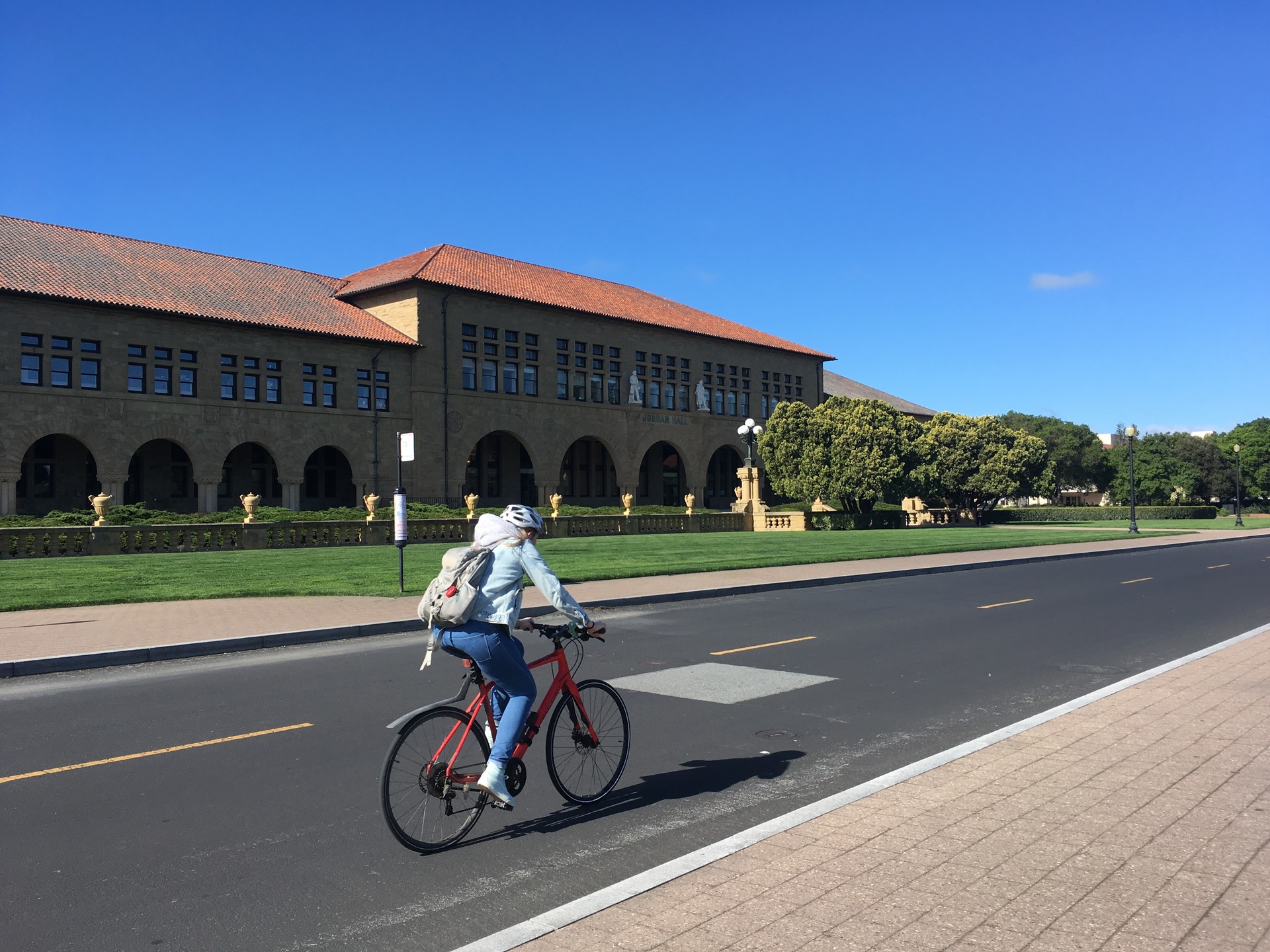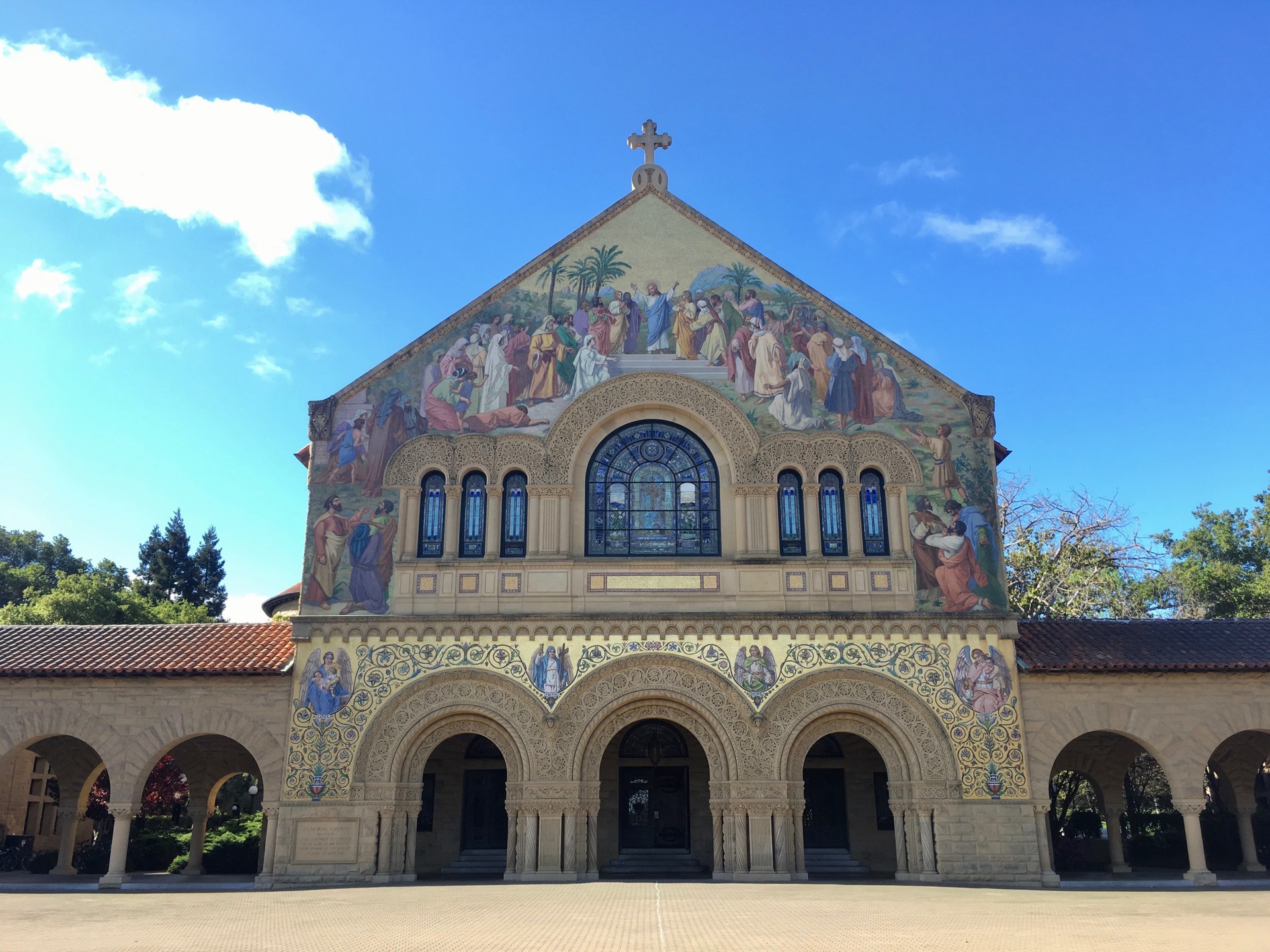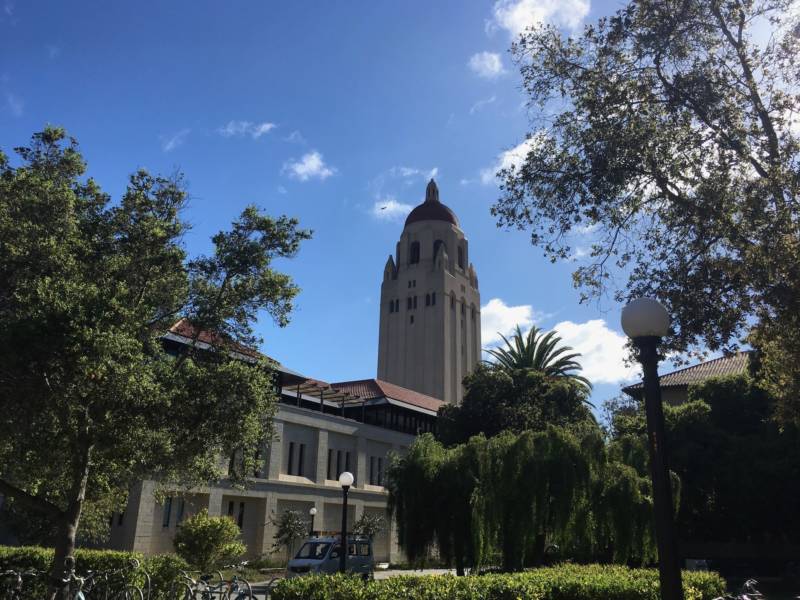In a bid to get Santa Clara County to green light the largest development application in county history, Stanford University on Monday unveiled a rejiggered package of community housing, transportation and education benefits worth $4.7 billion.
Stanford is offering $3.4 billion to build at least 1,115 new housing units — including 575 below-market rate — and $1.17 billion to finance transportation improvements and $138 million to boost Palo Alto Unified School District’s coffers.
That would constitute most of what the county has asked for, but not all.
Among other things, Stanford is proposing to deliver over the next two decades:
- Three quarters of the 2,172 housing units the county demanded, including 575 below-market rate, in the first few years of the expansion, some portion thereof on university land.
- $15.25 million in pedestrian, bicycle and transit improvements in San Mateo County and $15.05 million in Palo Alto.
- $1.13 billion for the expansion of sustainable commute programs and transit infrastructure projects.
- $1.13 billion in fees in lieu of a cap on commute trips affecting campus residents.
- $138.5 million to the Palo Alto Unified School District.
“It’s a different moment — not only for us — which is reflected in this proposal that we’ve brought forward, but for all of the communities around us,” said Jean McCown, Stanford’s associate vice president for government and community relations, noting Stanford has 8,180 acres of property in San Mateo and Santa Clara counties combined.
“We have always had long-term, land use plans for our academic teaching and research facilities, and for housing our faculty and students,” McCown said.

But that’s not to say the negotiation process every quarter century or so goes smoothly, and that’s proving especially true in the midst of an unprecedented housing crisis.
Even if Stanford is only planning to grow at the rate of roughly 1% a year, it’s a big entity — in a region already strained by the impacts of explosive economic development paired with inadequate housing and transit development.
“One of the differences today is the extent to which we all clearly understand the significances of our current housing and transportation challenges, not only for our campus and communities, but for the region,” McCown said.
At the core of the friction between Stanford and neighboring counties is the extent to which they want the university to respond to the region’s housing crisis. While offering to build the larger portion of the housing Santa Clara County planning officials asked for, Stanford wants to repeal two ordinances that require it to pay affordable housing fees and designate 16% of new housing units as affordable.
Stanford also wants credit for half of 1,300 units of graduate student housing that’s already in the pipeline and a 215-unit faculty and staff housing project in Menlo Park. Both were planned independent of the campus expansion.
Santa Clara County Supervisor Joe Simitian represents the district home to all of the proposed growth and he helped negotiate the last general use plan in 2000.

Simitian, who hasn’t had the chance to review all 52 pages of Stanford’s latest proposal yet, said “even a cursory reading suggests it’s pretty much more of the same. I can understand why the university would want a bilateral agreement negotiated behind closed doors.”
“The university is taking about bringing 9,610 new folks to the campus: students, staff, faculty, day workers. And yet has proposed 2,600 beds and 550 housing units. Well, that means there are more than 7,000 people — after you get rid of the student beds — more than 7,000 people fighting for 550 housing units. Pretty clear that’s not going to work,” Simitian said.
Simitian is not alone in his concerns. A group of Palo Alto and Santa Clara County officials wrote a letter detailing their objections, particularly around transit concerns, in February to the county’s director of planning and development. San Mateo County has also sent a letter to Santa Clara County Supervisors, urging them “to help hold Stanford University accountable for the anticipated impacts to housing, traffic, the environment and residents if it is allowed to expand its campus by more than 20 percent.”
“It’s important to make sure that it is a thoroughly reviewed project, and that any of the impacts of the projects are fully mitigated,” he said. “It’s the largest development proposal in the history of Santa Clara County.”
Ultimately though, Simitian says he expects to “get to ‘yes’,” despite what he sees as “pushback” from the largest landowner in the county as the parties enter what most consider the final stage of the approval process.
“If you’re going to develop three and a million square feet, then you’ve got to mitigate the impacts,” said Simitian. “It’s that simple.”
There are those who feel Stanford is promising enough.
Russell Hancock, a Stanford lecturer and also president and CEO of Joint Venture Silicon Valley, said, “It’s always baffling to me when the neighbors vilify Stanford. This is a world class institution. There would be no Silicon Valley without Stanford.”
He added that many Stanford neighbors enjoy free use of amenities like hiking trails, gardens and museums.
“We get to cheer for Stanford in the Rose Bowl, this is just an amazing community asset,” Hancock said.
Why does he think there’s resistance to Stanford’s plan?
“I think it’s growth related,” said Hancock. “There might be other things at play as well. There might be egos and personalities involved that go back generations. But these communities, Palo Alto and Menlo Park [in particular], are deeply concerned about growth, and their citizens are electing representatives who want to curtail all of the growth, and Stanford is a growing institution.”
The County of Santa Clara Planning and Development Department has been holding a series of planning commission hearings to review Stanford University’s General Use Permit application. The last such meeting will be held Thursday, June 27 at 1:30 p.m. in San Jose.

